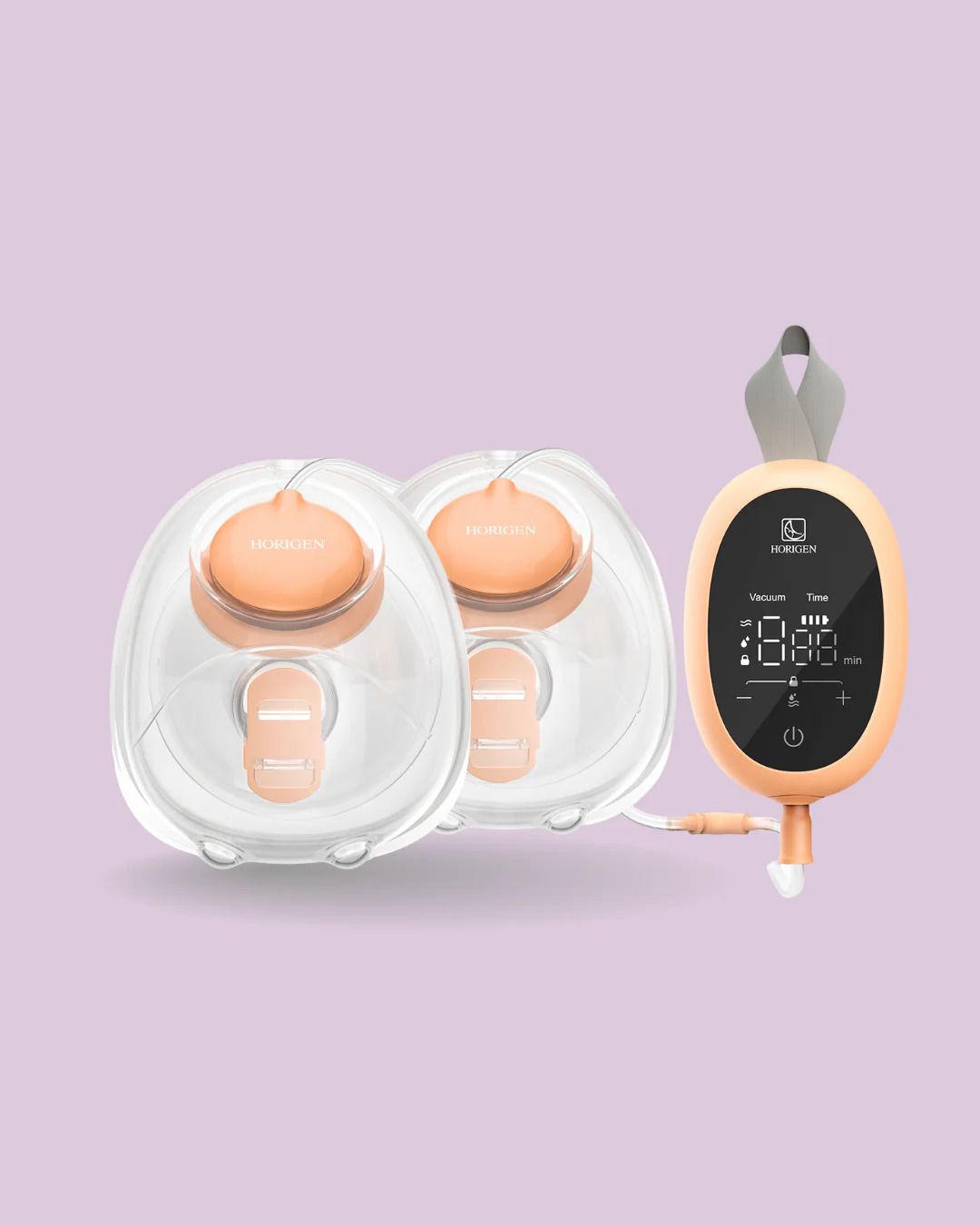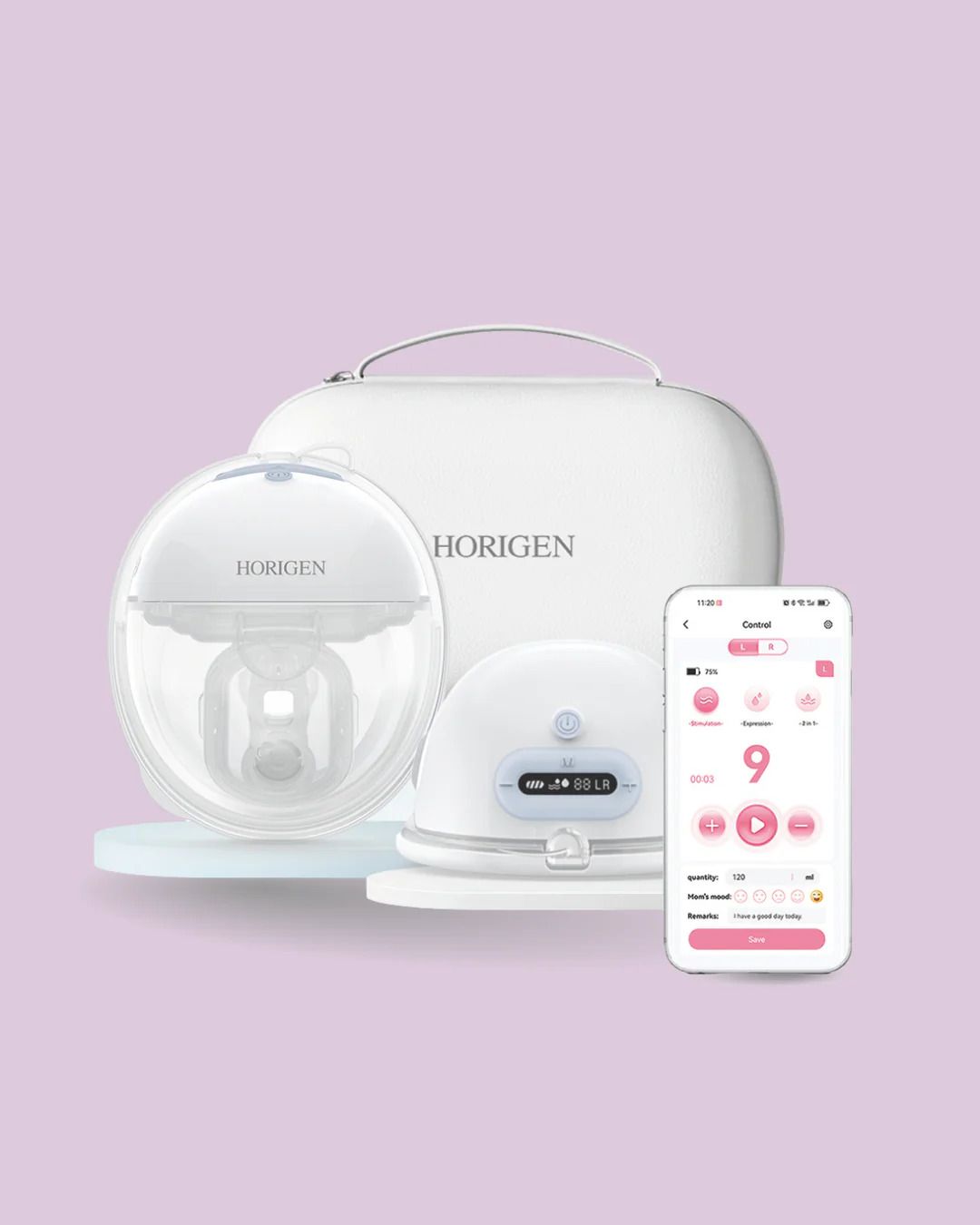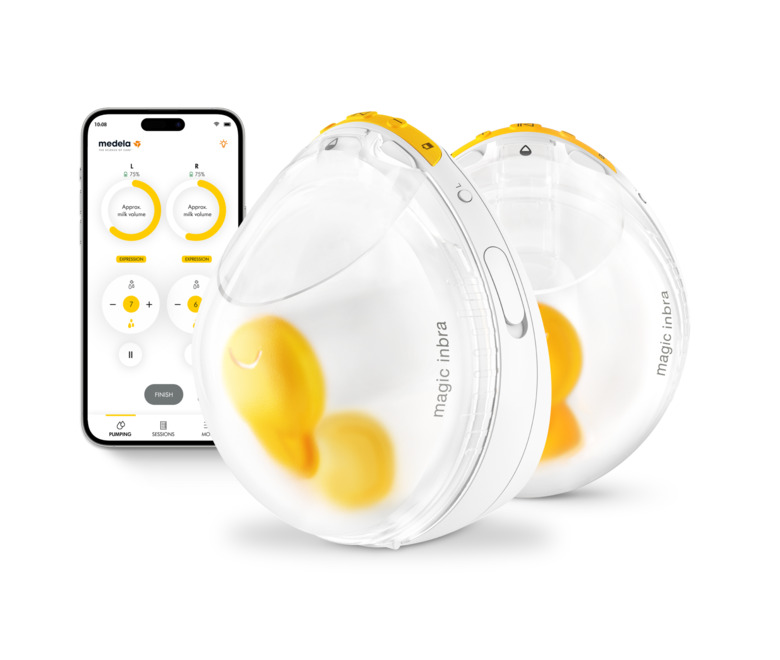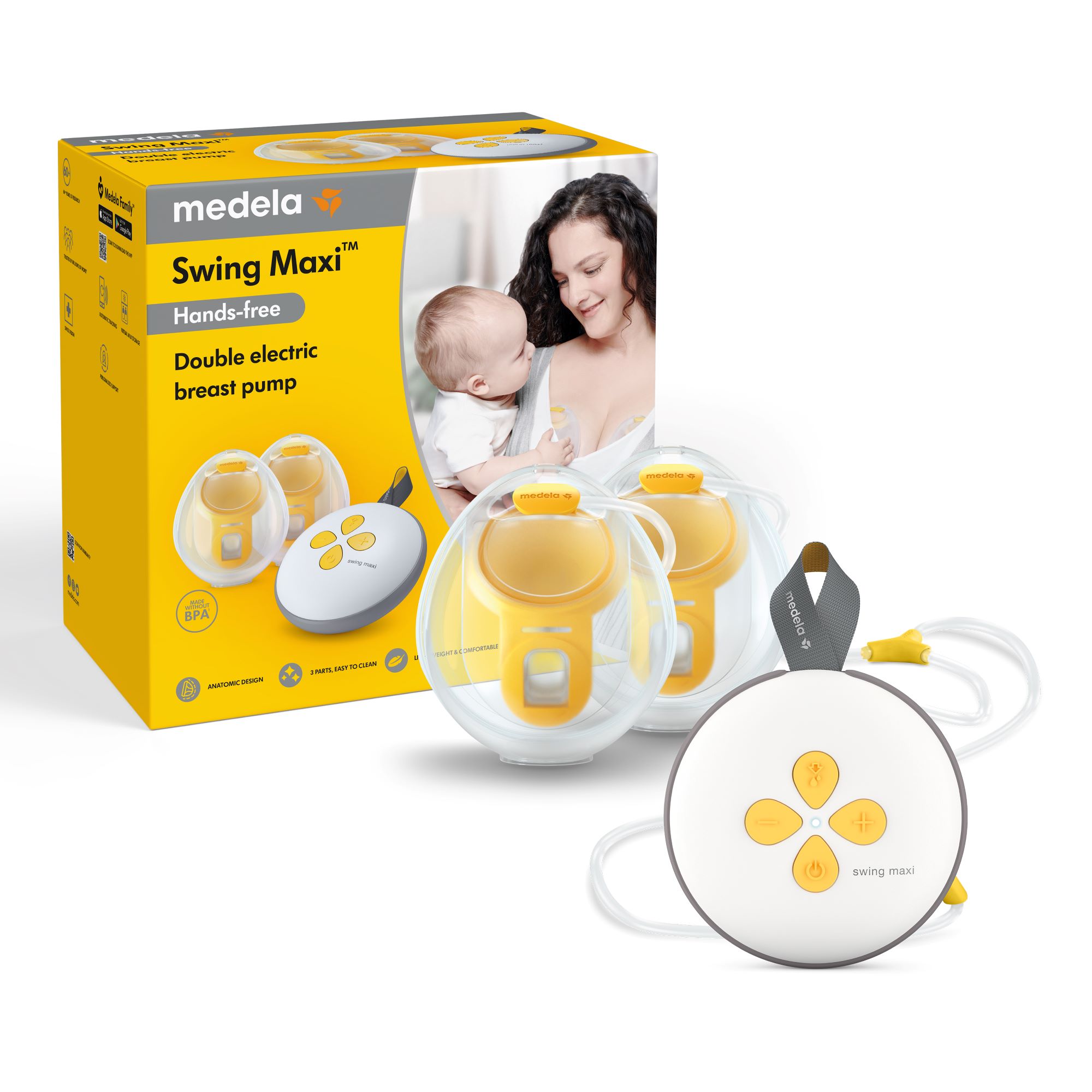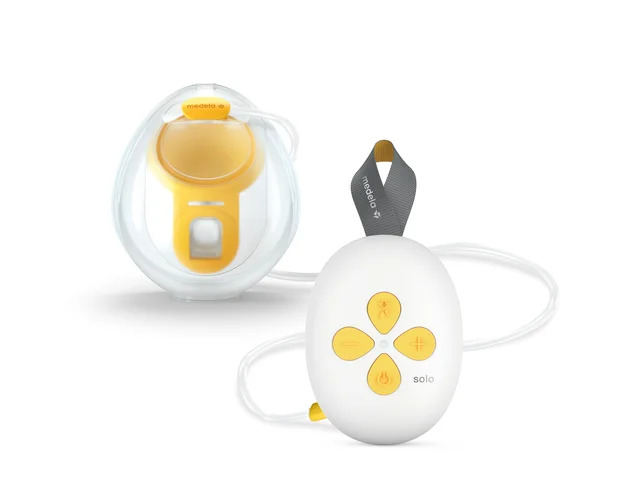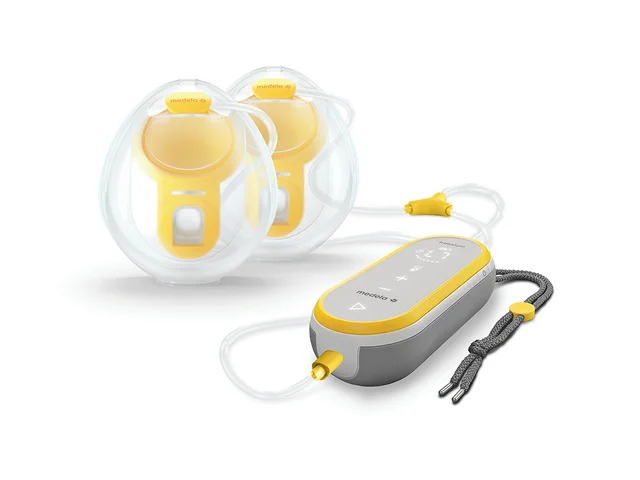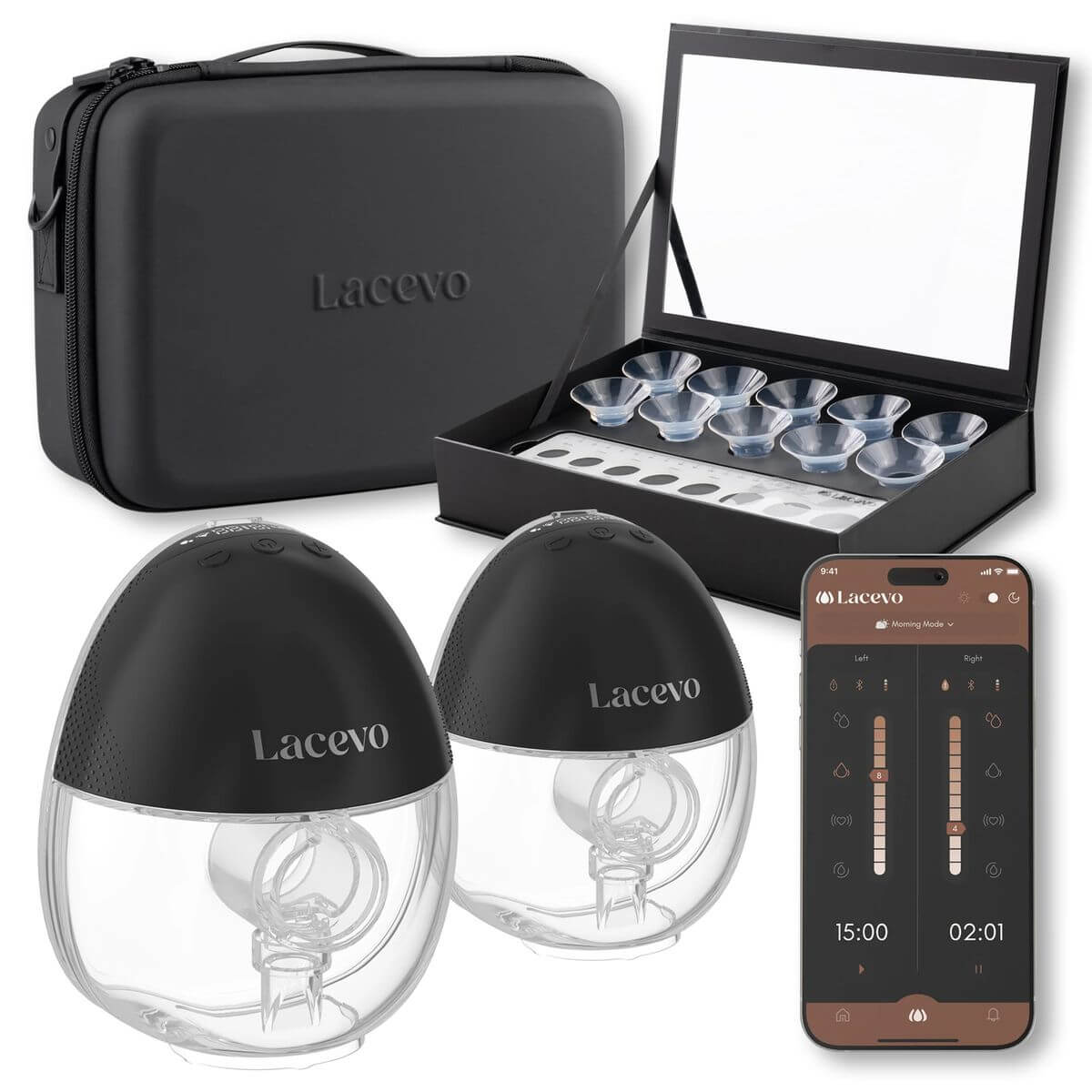It can be confusing trying to determine how much expressed milk to leave your baby if you are away from them.
In exclusively breastfed babies, milk intake increases quickly during the first few weeks of life, then stays about the same between one and six months (though it likely increases short term during growth spurts).
Current breastfeeding research does not indicate that breastmilk intake changes with baby’s age or weight between one and six months. After six months, breastmilk intake will continue at this same level until – sometime after six months, depending on baby’s intake from other foods – baby’s milk intake begins to decrease gradually.
The research tells us that exclusively breastfed babies take in an average of 750 mL per day between the ages of 1 month and 6 months. Different babies take in different amounts of milk; a typical range of milk intakes is 570-900 mL per day.
We can use this information to estimate the average amount of milk baby will need at a feeding:
– Estimate the number of times that baby feeds per day (24 hours).
– Then divide by the number of feeds ie 8.
– This gives you a “ballpark” figure for the amount of expressed milk your exclusively breastfed baby will need at one feed.
Another way to estimate feeds in the early days is 150 mL/kg/day i.e. if a baby weighs 3 kg, they would need approx 450 mL a day or 56 mL per feed (8 feeds in 24 hrs).

Additional Tips for Pumping Success
Why Pump?
Pumping can help establish or increase milk supply, allow others to help with feeding, and build a supply for when you’re separated from your baby.
When Should You Start?
It’s best to wait until breastfeeding is well established-usually around 4 to 6 weeks-unless you need to pump earlier for medical reasons or if your baby isn’t latching well.
How Often?
If you’re exclusively pumping, aim for 8 to 12 sessions in 24 hours, including overnight. If combining breastfeeding and pumping, try pumping after morning feeds when supply is often highest, or between feeds if planning to be away later.
Finding the Right Fit:
Make sure your breast pump flange fits your nipple comfortably. A poor fit can cause discomfort and reduce milk output. Your nipple should move freely in the tunnel without rubbing.
Getting More Milk:
– Try massaging your breasts before or during pumping.
– Apply a warm compress to encourage let-down.
– Relax and watch a video or look at photos of your baby, this can help stimulate oxytocin and milk flow.
How Long to Pump?
Pump for 20 minutes per session with a single pump (5 mins each side x2), or 10 mins with a double pump. Double pumping (both breasts at once) can save time and may yield more milk.
Stay Consistent:
Milk supply is based on demand. The more often milk is removed-either by baby or pump-the more milk your body will produce. Try not to skip sessions and keep pump parts clean between uses.
Summary
– Most exclusively breastfed babies aged 1-6 months consume an average of 750 mL of milk per day, with a normal range between 570-900 mL.
– To estimate how much milk to leave per feed, divide daily intake by the number of feeds (e.g., 8 feeds = ~94 mL per feed).
– In the early days, use 150 mL per kg of body weight per day to calculate needs.
– Breastmilk volume typically remains stable between 1-6 months and begins to decrease slowly after solids are introduced.
– It’s normal for supply and baby’s intake to fluctuate during growth spurts or changes in routine.



